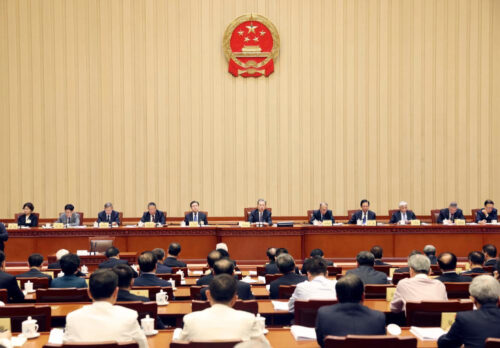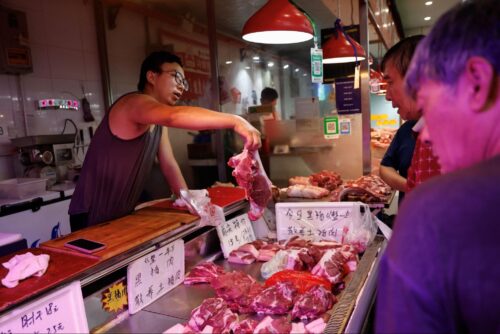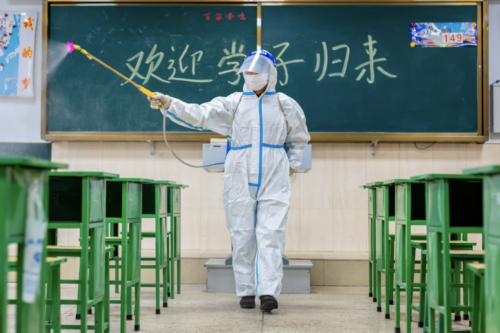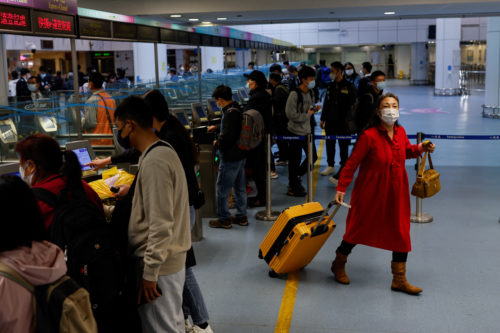Why stimulus won’t work
It’s the consumers, stupid.
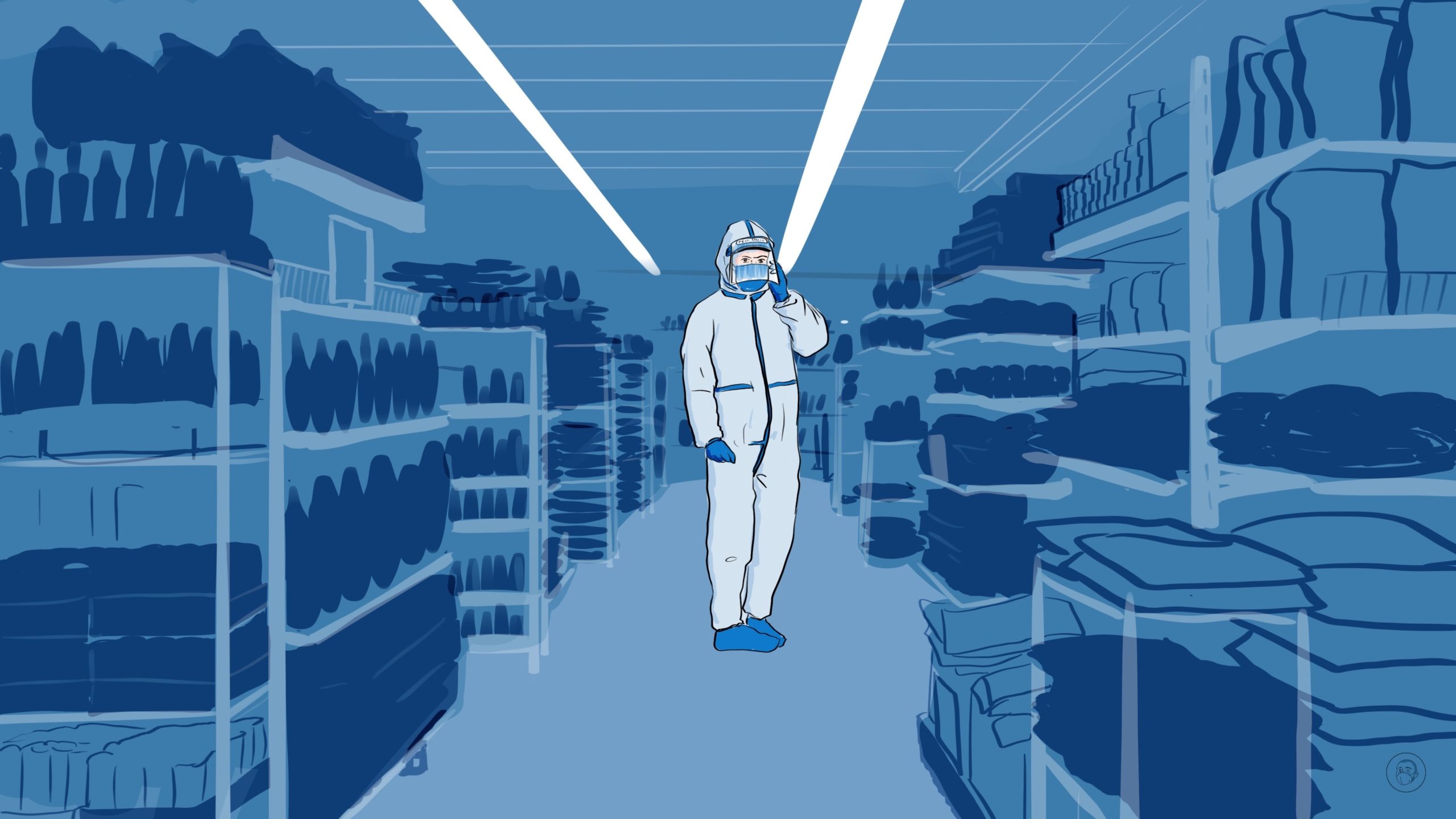
In an effort to rescue its slumping economy, China is opening the spending spigots. In late August, the State Council announced a 1 trillion yuan ($146 billion) stimulus package. Focused on infrastructure spending, it includes 500 billion yuan ($72.48 billion) in special bonds for local governments to dole out and an additional 300 billion yuan ($43.48 billion) allocated to policy banks. Just three months earlier, Beijing declared it was earmarking trillions of yuan also to spur growth. China will use all “tools available in the toolbox,” said Premier Lǐ Kèqiáng 李克强 on August 24, according to a report by state broadcaster CCTV.
That indeed is a lot of money, but unfortunately it’s not what China needs. That’s because the economy isn’t suffering from a lack of finance; its problem, and a very serious one, is weak household consumption. Or more to the point, with confidence plummeting, no one is spending much at all (even in the best of times, China has struggled to lift household consumption, stuck at just under 40% of GDP, which is low compared to the 55% and higher common in other large countries). Retail sales grew just 2.7% in July, compared to 3.1% the previous month and way below the around 12% monthly average during the twenty-some years before the pandemic hit in 2020. And consumer confidence is at its lowest since 1991, the year the government first began measuring it.
China news, weekly.
Sign up for The China Project’s weekly newsletter, our free roundup of the most important China stories.
That’s hit everything from cars and communication products to jewelry and cosmetics, all of which saw sharp drops in sales earlier this year, even more extreme than the decreases seen in 2020, when the pandemic first hit China. “Persisting uncertainty in the wake of the pandemic and weak household income has hit China’s consumer and manufacturer confidence harder in 2022 than in the past two years,” says a recent report by S&P Global. “Consumers are buying less, which will slow down the recovery of China’s domestic consumption for the remainder of 2022 compared with the recovery seen in 2020 and 2021.”
So why is confidence so low?
First and foremost: COVID-zero, Beijing’s draconian approach to containing the spread of the pandemic, which necessitates rolling lockdowns, shutting down businesses and limiting most economic activity. Latest to be hit: The 21.2 million residents of Chengdu, Sichuan Province, and the six million people living in the northeastern coastal city of Dalian, Liaoning Province, as well as millions in the other major Hebei Province cities of Chengde and the capital Shijiazhuang. Partial lockdowns are happening in various cities including Liaoning Province’s capital Shenyang.
You can be sure people living in those places, as well as many other Chinese who fear the same could happen to them, are not in the mood to throw their cash around — and that’s even if they have the opportunity to go out and spend. “Consumers will continue to face a lot of uncertainty from repeated COVID restrictions as long as the COVID-zero policy remains in place,” wrote Gavekal Dragonomics analyst Ernan Cui last month.
Driven in large part by the pandemic, China is also struggling with another confidence-killing problem: soaring youth unemployment, which brings income stagnation with it. With a record 10.76 million students graduated from university this year, joblessness for those aged 16 to 24 has now reached a very high level of about 20%, far above the U.S. and most of Europe.
Also making households cautious with their wallet books: The doldrums afflicting real estate that were initially self-inflicted when Beijing imposed the “three red lines” (i.e. new restrictions on borrowing) two years ago to reduce debt in the highly leveraged property industry. But now the real estate business is spiraling downward, as developers struggle to pay their bills and apartment sales plummet. In July, property transactions by value plunged 29%, compared with an 18% drop the month before. That’s very bad news for most Chinese, who hold some 70% of their total savings in the apartments they own. In effect, it’s the reverse of the “wealth effect” in which buoyant markets induce consumer spending. In China, a 10% gain in the value of housing raised the country’s overall consumption by about 3%, according to research from Southwestern University of Finance and Economics in Chengdu. But the opposite is now happening.
Meanwhile, pumping more money into the economy has proven less and less effective. While increases in productivity contributed about 70% to GDP growth before 2007, much of it coming from the then strong private sector, now it has fallen to zero, according to University of Toronto economist Loren Brandt. It also is spurring the rapid rise of potentially destabilizing debt, expected to reach 275% of GDP this year. China’s previous reliance on “large-scale investment for temporary political achievements cannot be sustained,” warned China Reform Foundation’s National Economic Research Institute scholar Wáng Xiǎolǔ 王小鲁 in a recent article in economic magazine Caijing. “Because the final demand is on the consumer side, without a recovery…a large increase in liquidity will only exacerbate the spiral of bad debt,” he wrote.
The unfortunate reality: Beijing can keep pumping money into the economy but that could hurt as much as help. And as long as China’s consumers are worried about getting locked in at home — in homes that they simultaneously watch depreciate in value — they will keep sitting on the sidelines.

